Romon Gate, in Takeo
The landmark of Takeo Onsen. Romon Gate, which was designed by a renowned
architect in the Meiji Era, Kingo Tatsuno, and is at the entrance of the Onsen area.
The gate has become the symbol of Takeo Onsen.
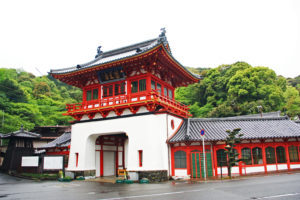 |
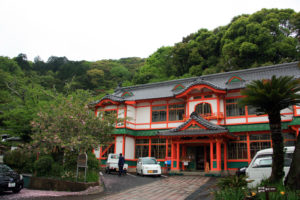 |
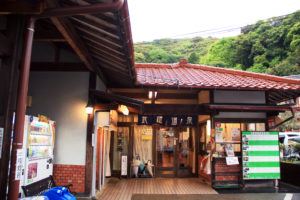 |
In addition, there are some private bathrooms, which were built in the Edo Era in
the joint bathhouses, they are called the “Tonosama Buro” (Lord’s Bath), because
some important people had bathed there, such as the feudal lords of Nabeshima
and Siebold. (Philip Franz von Siebold)
Mojiko Station, in Kitakyushu-city
It is the only Station building that is designated as an Important National Cultural Property
together with Tokyo Station. Mojiko Station is a beautiful station built in the Renaissance
style and modeled on the Termini Station in Italy.
Kyushu Railway (nowadays JR Kyushu) began rail services between Mojiko Station
and Takase Station in 1891 and the Station building was built in 1914.
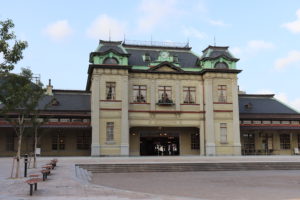 |
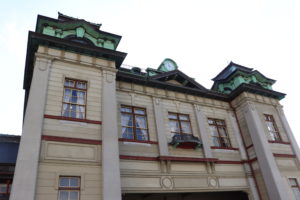 |
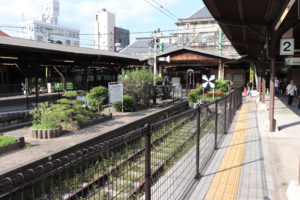 |
This was the first railway in Kyushu and subsequently Mojiko prospered greatly as a gateway
to the Kyushu region after that.
This was the first railway in Kyushu and subsequently Mojiko prospered greatly as a
gateway to the Kyushu region after that.
Mitsui Club
Dr. Albert Einstein who awarded Nobel Prize in Physics stayed here. It was built by the
Mitsui Co., Ltd in 1921 as a reception centre and to provide accommodation for VIP’s.
It is now designated as an important cultural property.
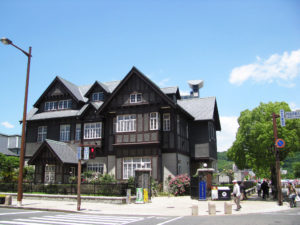 |
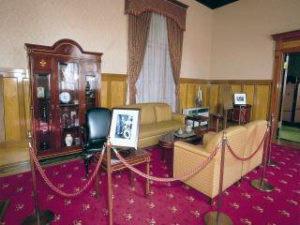 |
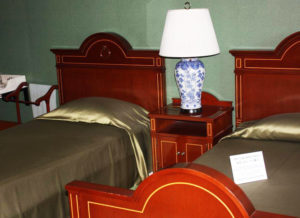 |
Albert Einstein (1879-1955), one of the world’s most famous theoretical physicists, stayed here
during his visit to Japan with his wife in 1922, and his room is displayed exactly as it was at that time.
